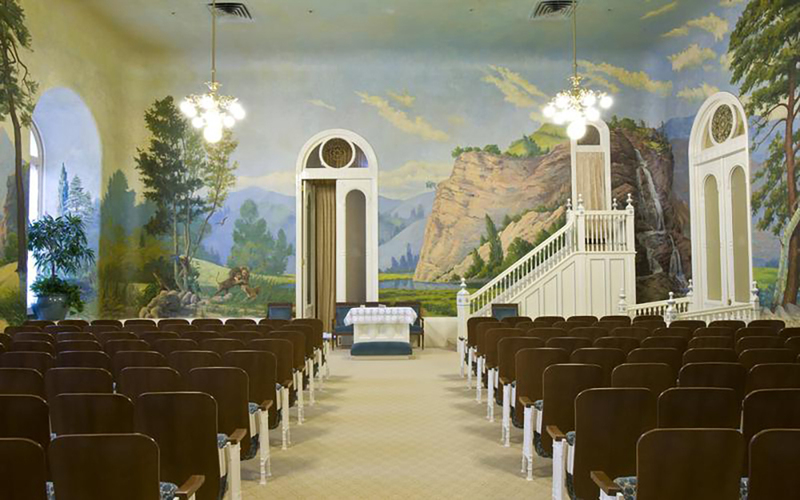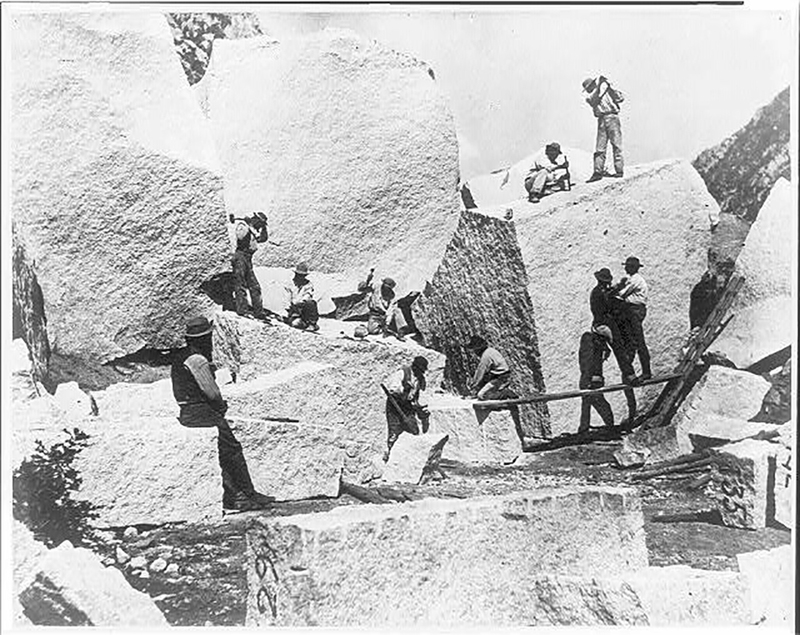The Salt Lake Temple
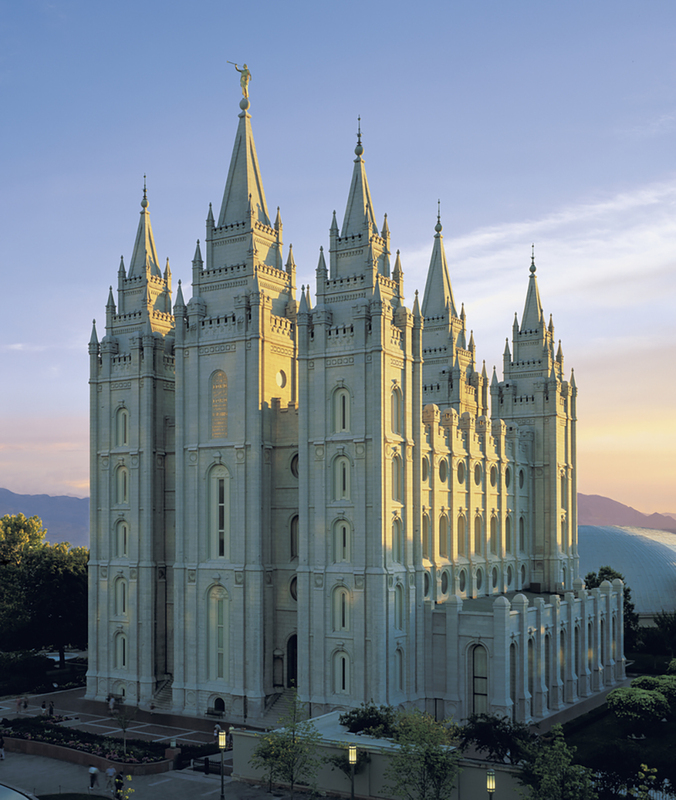
https://www.churchofjesuschrist.org/temples/details/salt-lake-temple?lang=eng
The Salt Lake Temple has become one of America’s most recognizable religious buildings. Hewn out of local granite, it prominently stands at the center of Utah’s capital city
The site of the Salt Lake Temple was identified just days after Brigham Young and the first group of Latter-day Saint pioneers entered the Salt Lake Valley on July 24th, 1847. While Young claimed to have received the basic design of the building from God, the plans for the temple evolved throughout the forty years of its construction (1853-1893). Young invited all to contribute, stating that,“[if] any good man on earth will suggest any improvements, we will receive them and adopt them.”
Initially, the interior was planned to feature two large assembly rooms, patterned after previously built temples. However, after the construction of the Endowment House and the St. George Temple, it was clear that more space needed to be allotted for rituals. Consequently, the original plan was adapted to include several large ordinance rooms in place of a lower assembly hall.
While work on the temple began in 1853, construction was slow as the Saints tried to eke out an existence in their new territory. Resources and manpower were constantly diverted to other more urgent projects such as the Transcontinental Railroad. It took 14 years until the temple walls reached above ground level. Stones for the temple were pulled out of nearby canyons by wagon teams until the 1870’s when blocks began to be transported by rail, speeding up the building process. Finally, in 1892, a large celebration was held as the final stone of the temple was put into place. A few hours after the capstone was fastened, the golden statue of the Book of Mormon prophet Moroni was placed on top of the capstone. At this capstone ceremony, President Woodruff requested that the interior work be completed in just one year, bringing the total period of construction to forty years.
April 6, 1893 marked the first of 31 dedication sessions. The President of the Church, Wilford Woodruff, offered the dedicatory prayer. The completion of this massive granite structure captivated the nation. As dignitaries and reporters flocked to Salt Lake City to witness the celebrations, they sent back favorable reports of the “Mormons.” The Ohio Democrat touted, “The architecture of the building is without a known parallel in ancient or modern times” and credited the structure to the “courage and determination” of the “Mormons”. H. R. Harper, editor of The Chattanooga, Tennessee News, later recalled that because of his warm reception during the dedication by “honest, industrious and God-fearing people, who have done great things for the amelioration [improvement] of mankind...” he decided to stay longer than he had planned in Salt Lake City. The positive publicity surrounding the temple dedication undoubtedly contributed to helping Utah achieve statehood in 1896.
The Salt Lake Temple features rich religious symbolism, pointing to the importance of the building to members of the faith. Some of the symbols incorporated into the building include: the all-seeing eye, angels, the big dipper constellation, beehives, and stars. These symbols are meant to enhance the religious experience of worshipers. In 1915, one Salt Lake City resident noted, “Every stone [of the temple] is a sermon to me.”
Although periodic renovations have been necessary to allow the building to accommodate the needs of worshipers, overall, the original pioneer craftsmanship has been preserved. With its iconic spires being featured in media across the globe, the Salt Lake Temple is recognized world-wide as a symbol of the Church of Jesus Christ of Latter-day Saints.
Images

https://www.churchofjesuschrist.org/temples/details/salt-lake-temple?lang=eng
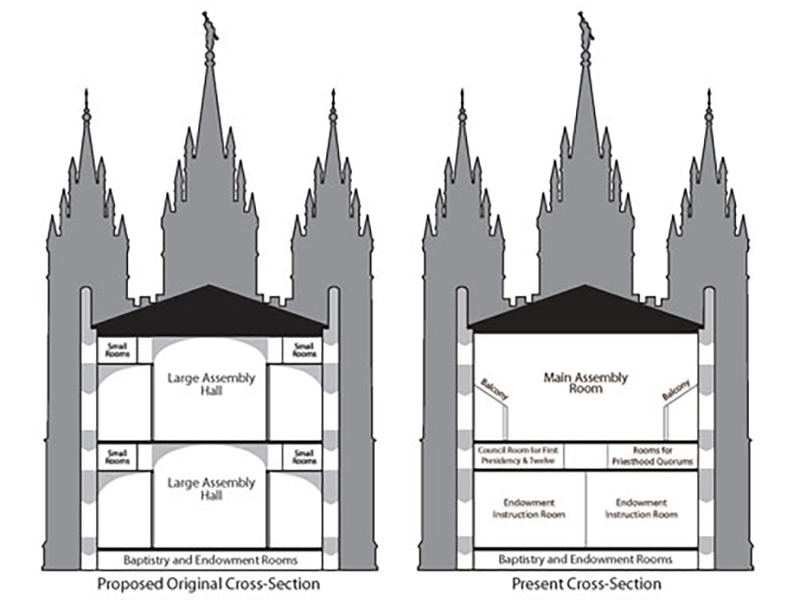
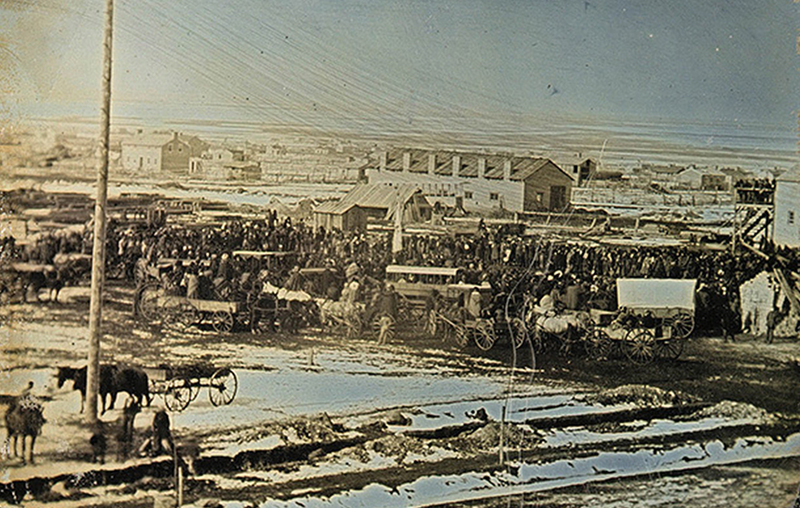
https://www.churchofjesuschrist.org/church/news/lesser-known-facts-about-salt-lake-temples-construction-illustrate-pioneers-commitment-sacrifice?lang=eng Date: February 14, 1853.
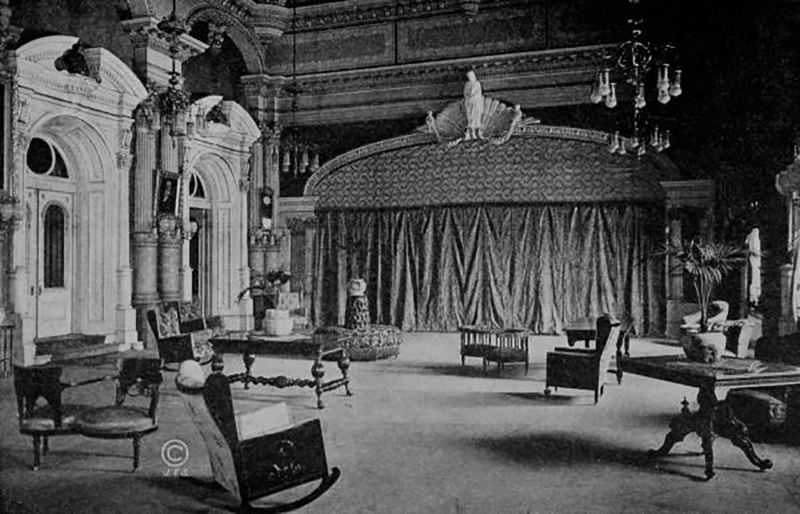
http://www.gutenberg.org/files/45149/45149-h/45149-h.htm#chap06fn1 Date: 1912.
